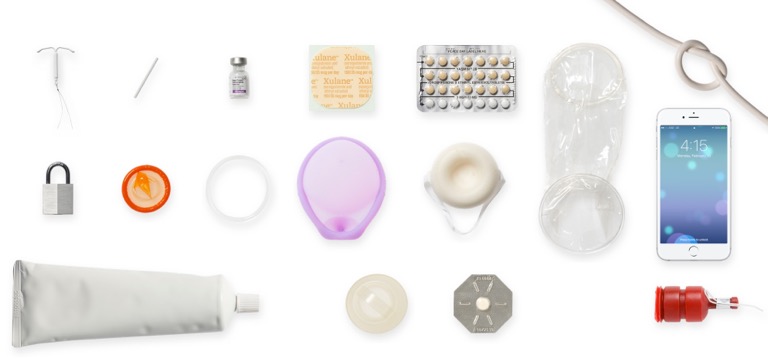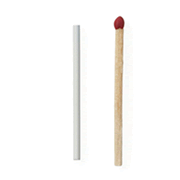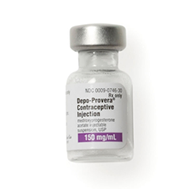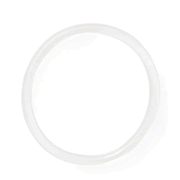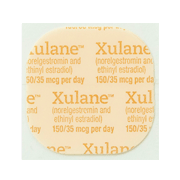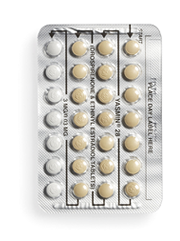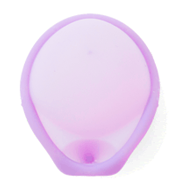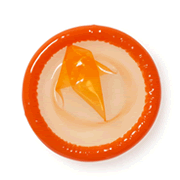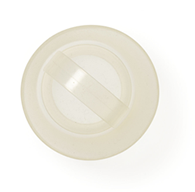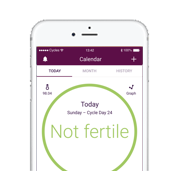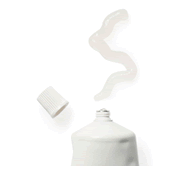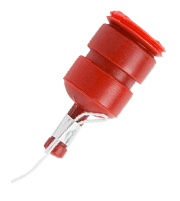IUDs, STIs and PID: What's the Deal?

Contrary to popular myth, modern IUDs don't cause pelvic inflammatory disease (PID).
Science says IUDs do not increase the risk of sexually transmitted infections (STIs) or pelvic inflammatory disease (PID). It also says people can safely use an IUD regardless of age or how many babies they’ve had. So why are some folks still suspicious about this great method?
Here’s why: back in the 1970s, there was a poorly designed IUD called the Dalkon Shield. It caused PID for some people and did not prevent pregnancies for others. The Dalkon Shield made people more vulnerable to infections of the uterus, and a few people using it died from severe infections. This IUD has not been sold in the U.S. for almost 40 years.
The IUDs currently available for free or at a low-cost at The Right Time health centers—progestin IUDs Mirena, Skyla, and Liletta and the non-hormonal IUD Paragard—have been extensively tested for safety and effectiveness. All types of IUDs have been studied for years by the U.S. Centers for Disease Control and Prevention (CDC) and the World Health Organization (WHO). Large studies have definitively proven that modern IUDs do not cause PID.
But what about STIs?
Here’s what does cause PID: STIs. The most common STIs in the U.S. are chlamydia and gonorrhea. Whether a person gets an STI depends on sexual partners and whether they use condoms—which are still the champ for preventing STIs (and, by extension, PID). We now know that people using modern IUDs are not more likely to get an STI or PID than people who use other types of birth control.
Getting an IUD soon? If a person has an undiagnosed STI at the time an IUD is placed in the uterus, they are at a higher risk of getting PID. This is why health care providers often perform STI tests before an IUD is inserted.
Highway out of the danger zone. About 20 days after an IUD is inserted, a person is no longer in danger of developing PID from an STI they didn’t know they had during the insertion.
But I’ve already been tested, doc. New research shows that people can be tested for STIs on the day an IUD is placed. For the few people who discover that they have an STI when the test results come back, they can take antibiotics to cure the infection and leave the IUD in place. People with one exclusive sexual partner who have already been tested and cleared may even be able to get an IUD without STI screening.
Methods with benefits. There is even some evidence that hormonal IUDs protect against PID over time. Researchers think this might be because hormonal IUDs work by thickening cervical mucus, which makes it difficult for sperm—or an STI—to enter the uterus.
Updated March 2021
Related Content

Article
January is Cervical Cancer Awareness Month: What to Know About HPV and ScreeningA positive HPV test can feel scary, but healthcare providers at your nearest The Right Time clinic can help.
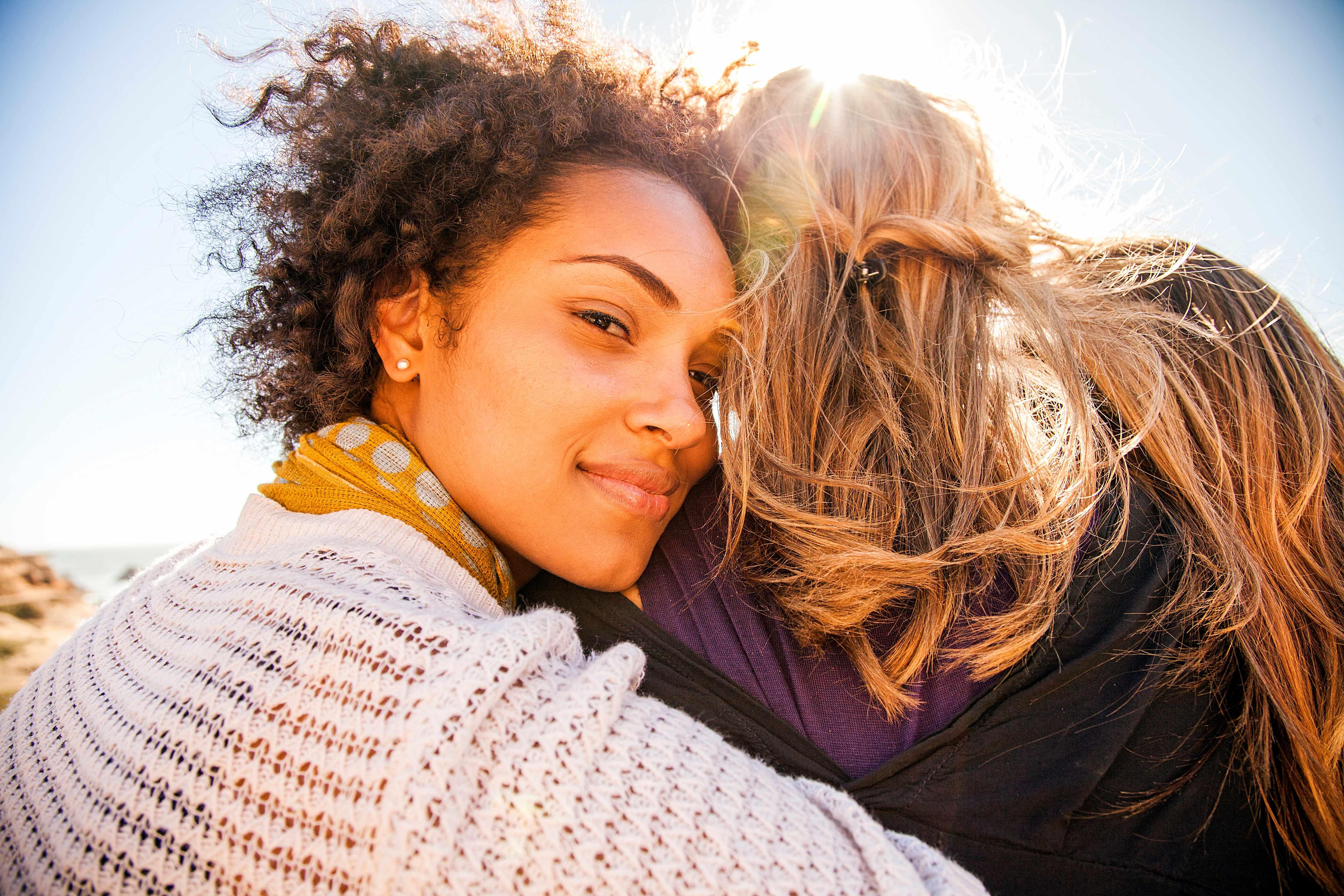
Article
Own Your Well-Being in 2026 with These 3 Sexual Health ResolutionsFirst: prioritize preventative sexual and reproductive health care.

Article
Birth Control & Your Period: What to ExpectBirth control often changes your period, and that’s normal and safe.
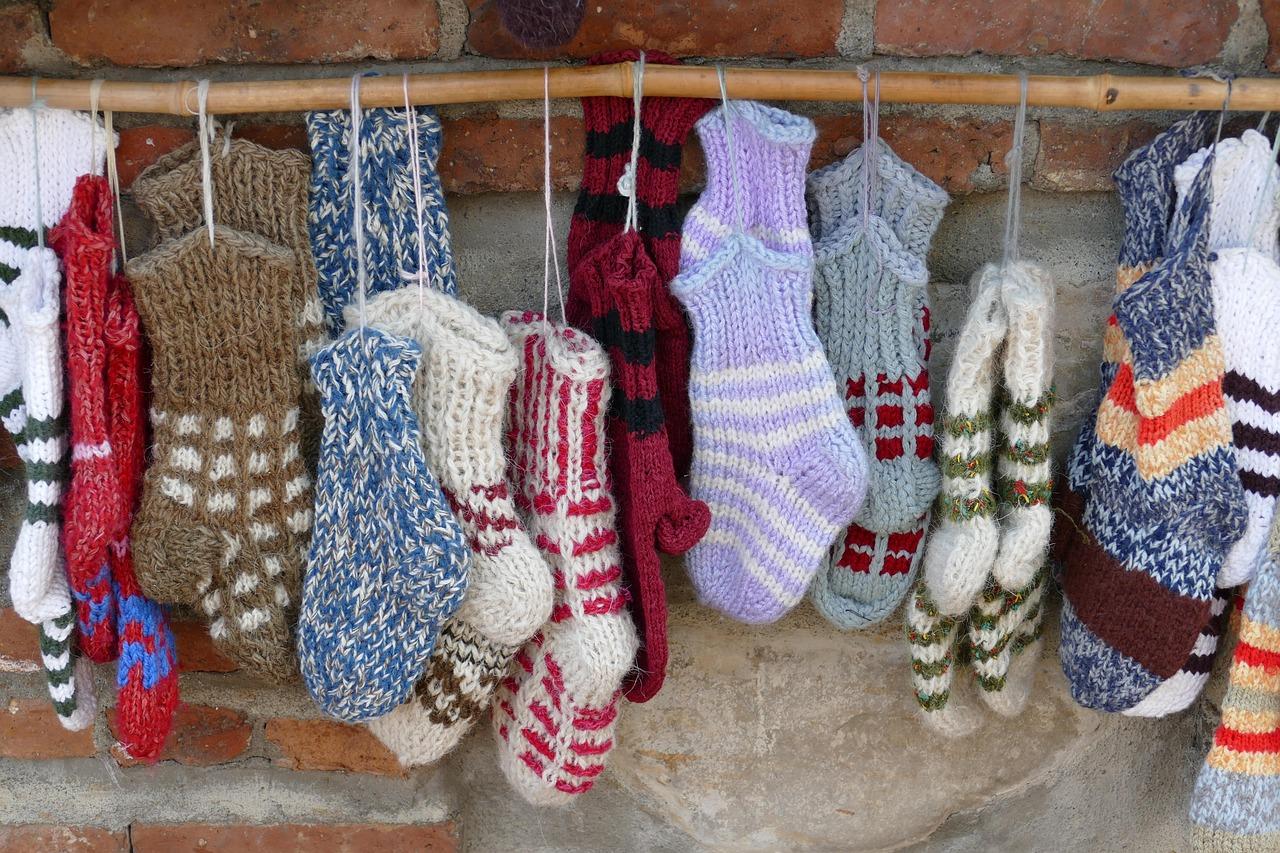
Article
Handling the “When Are You Having Kids?” Question Around the HolidaysRemember: your timeline is yours.


